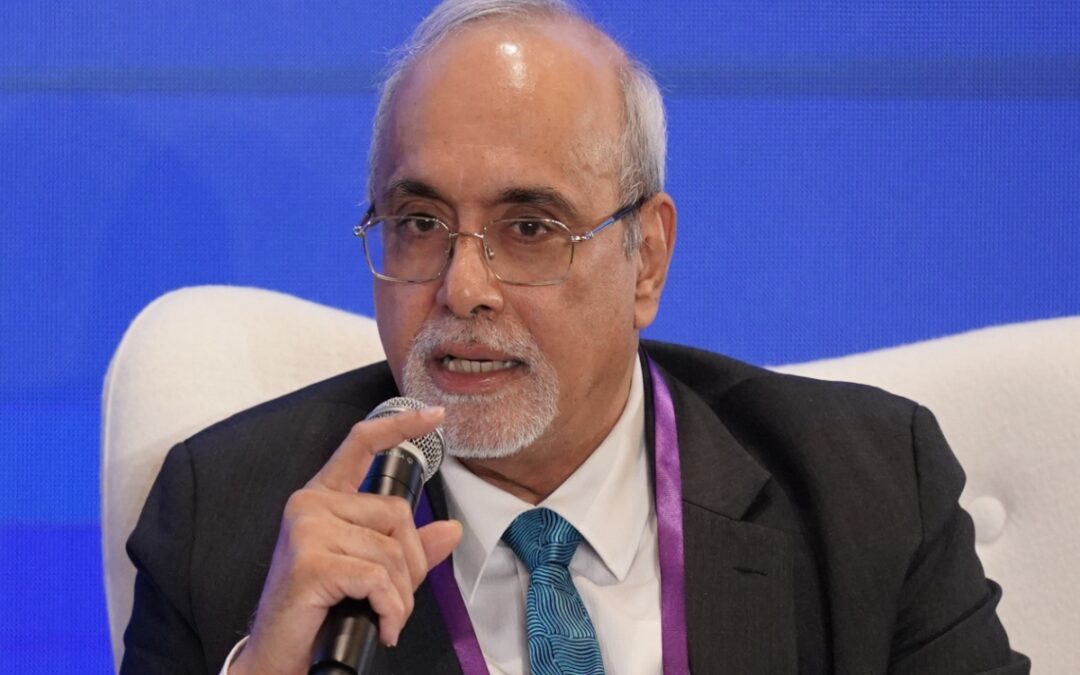M Rajeshwar Rao, Deputy Governor of the Reserve Bank of India (RBI), has stated that infrastructure projects pose significant risks, complicating their financing. He advocated for a unified approach to infrastructure development, viewing projects as interconnected rather than independent.
This announcement coincides with RBI’s proposal for new rules requiring banks to set aside an additional 5% provision of the loan amount, up from the current requirement of 0.4%. If implemented, this would increase the cost of project financing. Rao made these comments at an infrastructure seminar organized by the National Bank for Financing Infrastructure and Development (NaBFID).
“High sunk costs, coupled with long gestation periods, further complicate the financing of infrastructure projects and lead to asset-liability mismatches. Delays in approvals, clearances, land acquisition challenges, and breaches of agreements also add to the risks of project financing and cause further issues like cost overruns,” Rao said. He emphasized that infrastructure projects are interdependent, so issues in one project can impact others, making coordinated planning and execution crucial.
Rao also mentioned that NaBFID should aim for self-sustainability in the medium term, moving away from reliance on “continuous govt support” or regulatory concessions.
M Nagaraju from the Department of Financial Services highlighted that India currently spends 8-10% of its GDP on infrastructure, with government expenditure accounting for three-fourths of it. He suggested, “This should change with greater participation by the private sector, and govt will create the necessary ecosystem.”
NaBFID Chairman K V Kamath remarked that RBI’s norms are intended to align lenders with international standards. “We have to prepare for what the West is doing… for instance, provisions for expected credit losses. This (project finance provisions) is nothing compared to what the ECL provisions will cost,” Kamath said.










